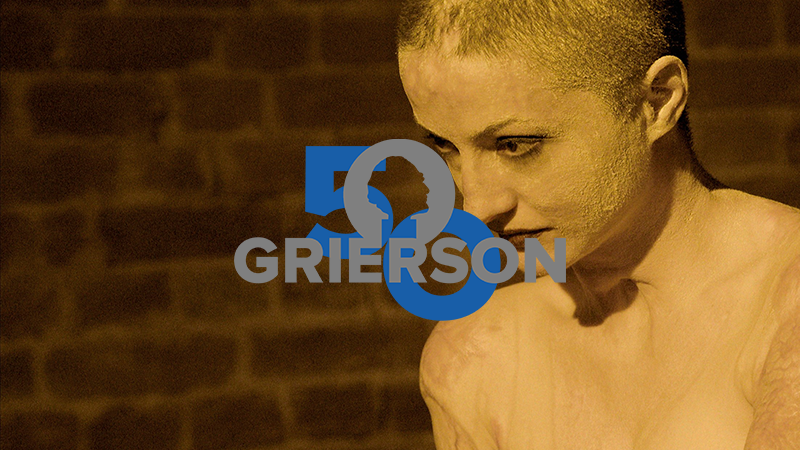October 31, 2022
Documentary in the UK has always been at the forefront of innovative storytelling, as filmmakers use emerging technologies to find new ways to mine real life.
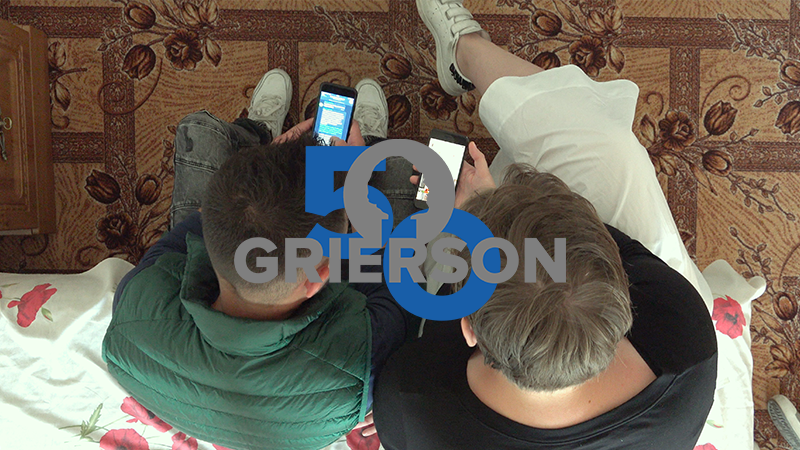
Celebrating must-see documentaries from the last 50 years. Image from Grierson-winning Welcome to Chechnya: The Gay Purge.
The development of a lightweight camera with sync sound in the early 1960s allowed filmmakers to explore the world in much greater depth than they had been able to before. Paul Watson brought his inquisitive camera to The Family (Watch on YouTube) in 1974, a 12-episode series directed with Franc Roddam which made celebrities out of the Wilkins Family, filming their daily goings on and then broadcasting weekly to a riveted nation.
In the early 1960s the makers of ITV’s World in Action made a film about precocious seven year-olds, the “leaders of the year 2000”. When they decided to revisit the children at the age of 14 – and to continue filming them every seven years for the next fifty years – the world’s oldest longitudinal filmmaking project was born. With the death of its director, Michael Apted, in 2021, the future of the UP Series remains in doubt, but there’s no denying the influence it has as audiences around the world have marveled at watching entire lives unfold on screen (Watch on BritBox, ITV Hub).

The 'Up' Series: Michael Apted (1964 – 2019)
Nowhere is Grierson’s “creative treatment of actuality” more evident than in the trio of films on this list that combine performance with documentary storytelling. In 1998’s Drinking for England (Watch on BBC iPlayer), Brian Hill explores the national obsession with booze through a range of doc subjects, some of whom break out in songs and poetry, their words composed by poet Simon Armitage, based on interviews. The following year, Penny Woolcock had residents of housing estates in Leeds play themselves on camera in the Grierson award-winning Tina Goes Shopping (Watch on YouTube). A decade later Clio Barnard used actors to lip sync the audio recordings of friends and family of the late playwright Andrea Dunbar in the acclaimed The Arbor (Watch on BFI Player, Curzon and Apple TV).
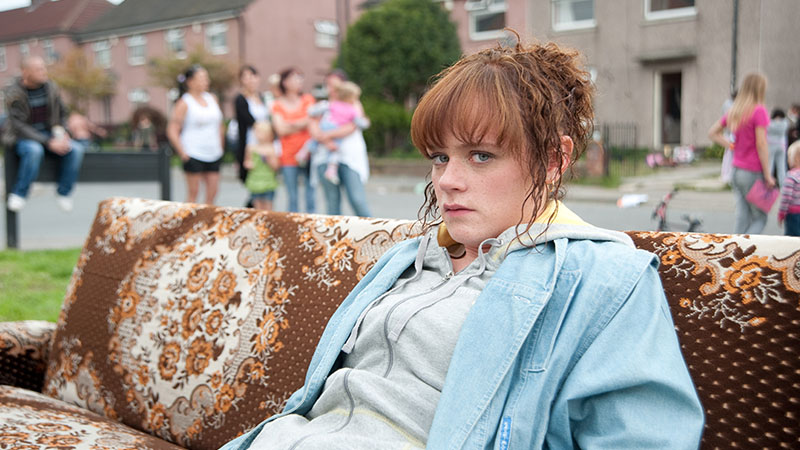
The Arbor: Clio Barnard (2010)
Dashboard cameras helped bring to life the perils of learning to drive at an advanced age, in the entertaining BBC series Driving School (Watch on BBC iPlayer). A huge hit when it aired in 1997, it made an unlikely celebrity out of Cardiff cleaner and wannabe driver, Maureen. The series was one of more than 65 docusoaps which aired over a four year period in the late 90s. Making drama out of the lives and occupations of ordinary people, they showed that documentary storytelling could bring in high ratings.
Three of the films on our list underscore how the ever-increasing collections of archive at our disposal can be used in illuminating and inspirational filmmaking.
In the 1986 Grierson-award winning Handsworth Songs, director John Akomfrah intermixes news footage with stills and a sound mosaic to explore the history of race relations in Britain, in the wake of riots in Birmingham and London. The angry and stirring film essay has found new audiences in the intervening decades when it has been re-examined in the wake of all too frequent eruptions of civil unrest.
Adam Curtis has carved a distinctive path as a filmmaker by plundering the BBC’s extensive archive for obscure snippets to provide visuals to a mesmerising commentary. In the three-part 2004 series The Power of Nightmares (Watch on BBC iPlayer), Curtis examines how politicians use the threat of a hidden terrorist network for their own ends; the series encompasses hundreds of clips and a soundtrack ranging from Shostakovich to John Carpenter. 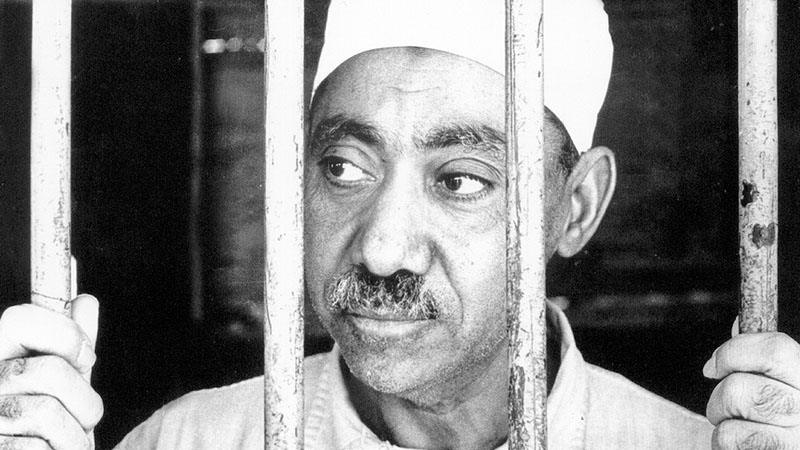
The Power of Nightmares: Adam Curtis (2004)
An astonishing treasure trove of archive lies at the heart of Asif Kapadia’s multi award-winning Senna (Watch on YouTube, Prime Video and Apple TV), chronicling the life and death of Brazilian racing legend Ayrton Senna. Kapadia uses both official Formula 1 archive – much never before seen – as well as personal archive for the film’s visuals, while audio is woven together through interviews with a range of Senna’s contemporaries. The result is an edge of your seat thriller that entranced global audiences.
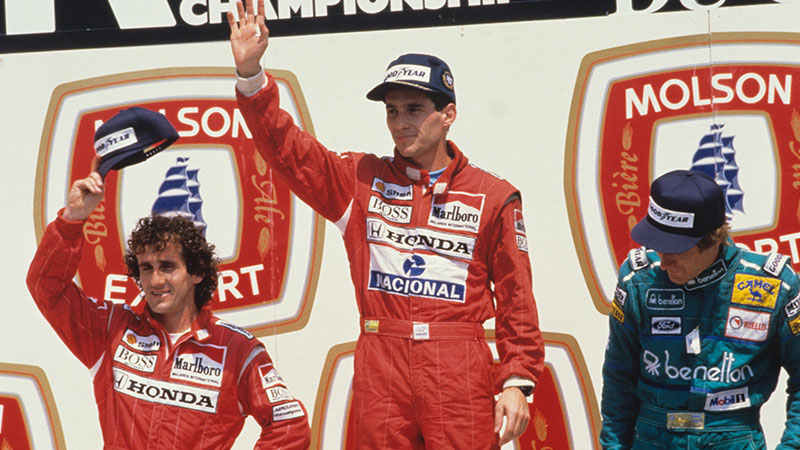
Senna: Asif Kapadia (2010)
Finally, the evolution of “deepfake” technology can be seen in 2020’s celebrated Welcome to Chechyna (Watch on BBC iPlayer). Director David France eschewed traditional blurring in order to show the range of emotions being told about Chechyna’s “gay purge”, digitally imposing the faces of American volunteer activists onto those of the film’s vulnerable LGBT contributors through extensive postproduction work.
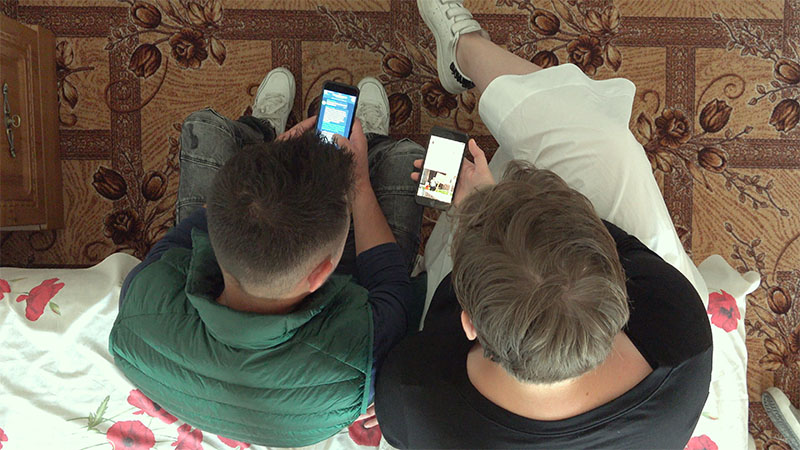
Welcome to Chechnya: The Gay Purge: David France (2020)
There have been SO many innovations to documentary storytelling over the years – which are your favourites?


